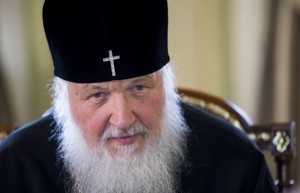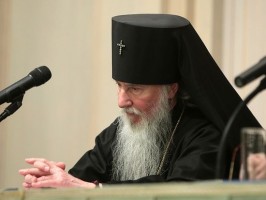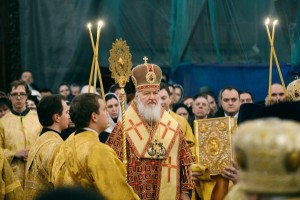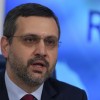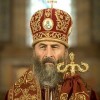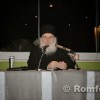
An exhibition entitled “Two Christianisations of Russia,” about the contemporary life of Russian Orthodoxy in people and situations, has opened in the Moscow metro gallery.

The Metro photo gallery, that has been operating at the Vystavochnaya Metro station since 2005, could rival some of the central exhibition halls in terms of the number of potential visitors. The station is located on the lower floor of the Moscow-City international business center, next to the Expocenter exhibition centre, which is always bustling with life.

The exhibition, which opened recently at the metro, is devoted to two dates: the 1,025th anniversary of the Christianization of the ancient state of Rus and the 25th anniversary of the revival of church life in the former Soviet Union (often called the “second Christianization”).

Thirty works created over the last 25 years describe the life of the Russian Orthodox Church—from Yakutia to the Antarctic, from Kiev to Vladivostok. They show the charitable life of the church, and portraits of senior clerics, priests and parishioners.

The 1,000th anniversary of the Christianization of Rus in June 1988 was the first church celebration also to be marked by the state in all the decades of Soviet rule. This was a turning point in the relationship between church and state, as well as in the understanding of the church’s significance and place in the history of Russia.

The works of Roman Yarovitsyn show the moment when the relics of Seraphim of Sarov, one of the most venerated of Russia’s saints, an ascetic and stylite, were met at the Diveyevo convent. The relics were then taken on a month-long journey from Moscow to Diveyevo (formerly known as Sarov). During the journey, Patriarch Alexy II conducted special services and sacraments in towns and monasteries.

It was from this moment that interest in Orthodoxy and the Orthodox Church began to grow. At a time when the Soviet state was collapsing, the opportunity to receive spiritual help and comfort in the church, as well as the link with a thousand years of tradition, gave people hope that all aspects of life could be improved and normalized.

A photo from the archive of Petr Zadirov shows the Church of the Holy Trinity in the Antarctic, on Waterloo Island, the southernmost Orthodox church in the world.

Maxim Vorobyov captured the Velikoretsky Procession—one of the Orthodox traditions that were restored in the 2000s. Believers carrying the icon of St. Nicholas the Miracle-Worker walk 93 miles on foot, with their children in their arms, from Vyatka, where the church containing the miraculous icon of St. Nicholas (lost in 1924 when the church was destroyed) was located, to the village of Velikoretskoye.

A collection of photos taken by Vladimir Yeshtokin show contemporary church life: a sister of mercy at a children’s home and the distribution of aid collected by the church for Krymsk, which suffered from flooding in the summer of 2012.

Sergei Teterin captured a service in a church that is attached to a home for deaf and blind children in Sergiev Posad. Father Dmitry Lukyanov holds a service on the shore of the Arctic Ocean.

Smiling children on a frosty day against the background of a church in Yakutiya (photo by Sergei Klimtsov).

The return of a blessed cross from Solovki to the site of the Butovo firing range, where victims of Stalin’s repressions, including priests, were shot and buried in mass graves (photo by Sergei Gubachev).

Of course, none of the scandalous stories associated with the Russian Orthodox Church in recent years is represented here. Still, the exhibition does not appear as biased or overly backed by the state.

The exhibition balances official reporting with artistic works, ethnographic sketches and archive photos. Through these portraits, visitors meet living people who are living the life of the spirit. The “Two Christianizations of Russia” exhibition is open through Sept. 10, during the Moscow metro’s regular hours of operation.
Source: RBTH Network












